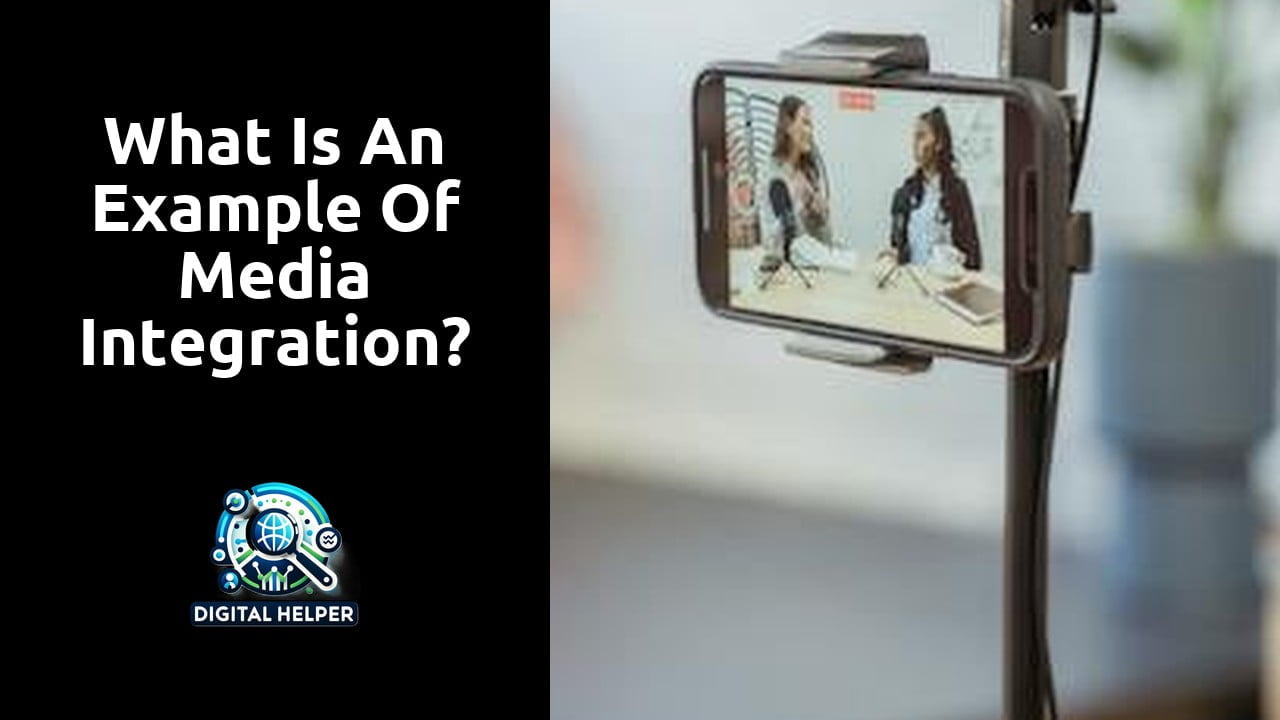What is social media integration theory?
Table Of Contents
Embracing Emerging Platforms and Technologies
Embracing emerging platforms and technologies is essential for businesses looking to stay ahead in the ever-evolving world of social media. With new platforms constantly emerging and existing ones continuously evolving, it is crucial for companies to adapt their social media strategies to encompass these changes. By staying informed about the latest trends and technologies, businesses can capitalize on new opportunities to engage with their target audience in innovative ways.
Furthermore, embracing emerging platforms allows companies to expand their reach and connect with a wider audience. By exploring new platforms and technologies, businesses can tap into new demographics and engage with users who may not be active on more traditional social media channels. This can lead to increased brand awareness, enhanced customer engagement, and ultimately, a stronger online presence for the business.
In the digital age, where social media plays a central role in communication and marketing strategies, understanding and implementing social media integration theory is crucial for businesses to stay competitive. This theory essentially revolves around the idea of seamlessly incorporating various social media platforms into a unified strategy that aligns with the overall goals of an organization. By integrating different social media channels, companies can create a cohesive brand presence, engage with their target audience effectively, and ultimately drive business growth.
One key aspect of social media integration theory is the importance of consistency across platforms. This involves maintaining a unified brand message, tone, and visual identity across different social media channels. By ensuring that content and interactions are aligned with the brand’s values and voice, businesses can build trust and credibility with their audience. Additionally, consistent messaging helps create a seamless experience for users as they navigate between different platforms, reinforcing brand recognition and loyalty.
Best Practices for Social Media Integration
Best practices for social media integration revolve around the concept of consistency and coherence across different platforms. Ensuring that your brand voice, messaging, and visual identity remain uniform across various social media channels helps in establishing a strong and recognizable online presence. This coherence should be maintained not just in text-based content but also in visual elements such as images, videos, and logos.
Furthermore, engaging with your audience actively and consistently is crucial for successful social media integration. This involves responding to comments, messages, and mentions promptly, as well as initiating conversations and seeking feedback from your followers. By fostering a sense of community and building relationships with your audience, you can drive higher levels of engagement and loyalty, which are essential for the sustained growth of your brand on social media.
Tailoring Content for Different Platforms
When tailoring content for different social media platforms, it is essential to consider the unique characteristics and preferences of each platform’s audience. For example, content that performs well on Instagram, such as visually appealing images and short videos, may not necessarily resonate with users on LinkedIn, where a more professional and informative tone is usually preferred. Understanding the demographics and behavior of users on each platform is crucial in crafting content that will engage and resonate with them effectively.
Moreover, adapting content to suit the specific features of each platform can help maximize reach and engagement. Utilizing hashtags on Twitter and Instagram, for instance, can increase visibility and attract a larger audience, while focusing on high-quality and visually compelling images on platforms like Pinterest can enhance discoverability and virality. By tailoring content to align with the unique strengths and user preferences of different social media platforms, businesses and individuals can effectively enhance their online presence and build meaningful connections with their target audience.
Social media integration theory emphasizes the importance of seamlessly incorporating social media into various aspects of business and marketing strategies. By utilizing multiple social media platforms in a cohesive manner, companies can enhance their online presence, engage with their target audience, and ultimately drive better outcomes. This theory encompasses not only the act of having a presence on platforms like Facebook, Twitter, Instagram, and LinkedIn but also the strategic alignment of content, messaging, and interactions across these channels to create a unified brand experience.
Successful implementation of social media integration theory involves tailoring content to suit the unique characteristics and audience preferences of each platform. For instance, what resonates with users on Twitter may not necessarily be effective on Instagram or LinkedIn. Therefore, it’s vital for businesses to adapt their messaging, visuals, and posting schedules to align with the specific nuances of each platform. This tailored approach ensures that content remains relevant, engaging, and optimized for maximum reach and impact on diverse social media channels.
Examples of Successful Social Media Integration
Successful social media integration can be seen in how companies like Nike seamlessly incorporate their brand across various platforms. Nike’s strategy of using consistent branding elements, such as their iconic swoosh logo and tagline “Just Do It,” strengthens their brand identity and makes them easily recognizable on social media. Moreover, Nike engages with their audience in a meaningful way by tailoring their content to suit each platform’s unique features and audience demographics. From Instagram to Twitter, Nike maintains a cohesive brand image while adapting their content to resonate with different target audiences.
Another exemplar of successful social media integration is Starbucks, who maintains a strong online presence across multiple platforms. Starbucks leverages user-generated content on platforms like Instagram, where customers share pictures of their favorite drinks using the hashtag #Starbucks. By encouraging user engagement and interaction, Starbucks creates a sense of community among its customers, fostering brand loyalty and driving sales. Additionally, Starbucks uses social media platforms not just for advertising their products but also for sharing behind-the-scenes glimpses and stories, creating a more personal connection with their audience.
FAQS
What is social media integration theory?
Social media integration theory refers to the practice of seamlessly incorporating social media platforms into an organization’s overall marketing strategy to maximize reach and engagement with target audiences.
Why is social media integration important?
Social media integration is important because it allows businesses to create a unified brand presence across various platforms, engage with customers in real-time, and drive traffic to their website or other digital assets.
How can businesses embrace emerging platforms and technologies for social media integration?
Businesses can embrace emerging platforms and technologies by staying up-to-date with the latest social media trends, experimenting with new features and tools, and being open to trying out different platforms that may be relevant to their target audience.
What are some best practices for social media integration?
Some best practices for social media integration include having a clear strategy in place, maintaining consistency in branding across platforms, engaging with followers regularly, and analyzing data to measure the effectiveness of social media efforts.
How can businesses tailor content for different social media platforms?
Businesses can tailor content for different social media platforms by understanding the unique characteristics of each platform, such as character limits, visual requirements, and audience demographics, and creating content that is relevant and engaging for each specific platform.
Can you provide examples of successful social media integration?
Examples of successful social media integration include companies like Nike, Starbucks, and GoPro, which have effectively leveraged multiple social media platforms to connect with their target audience, drive engagement, and increase brand awareness and loyalty.
Related Links
Social Media Integration
What is the meaning of media integration?
What is an example of media integration?
What are the benefits of integrating social media?




